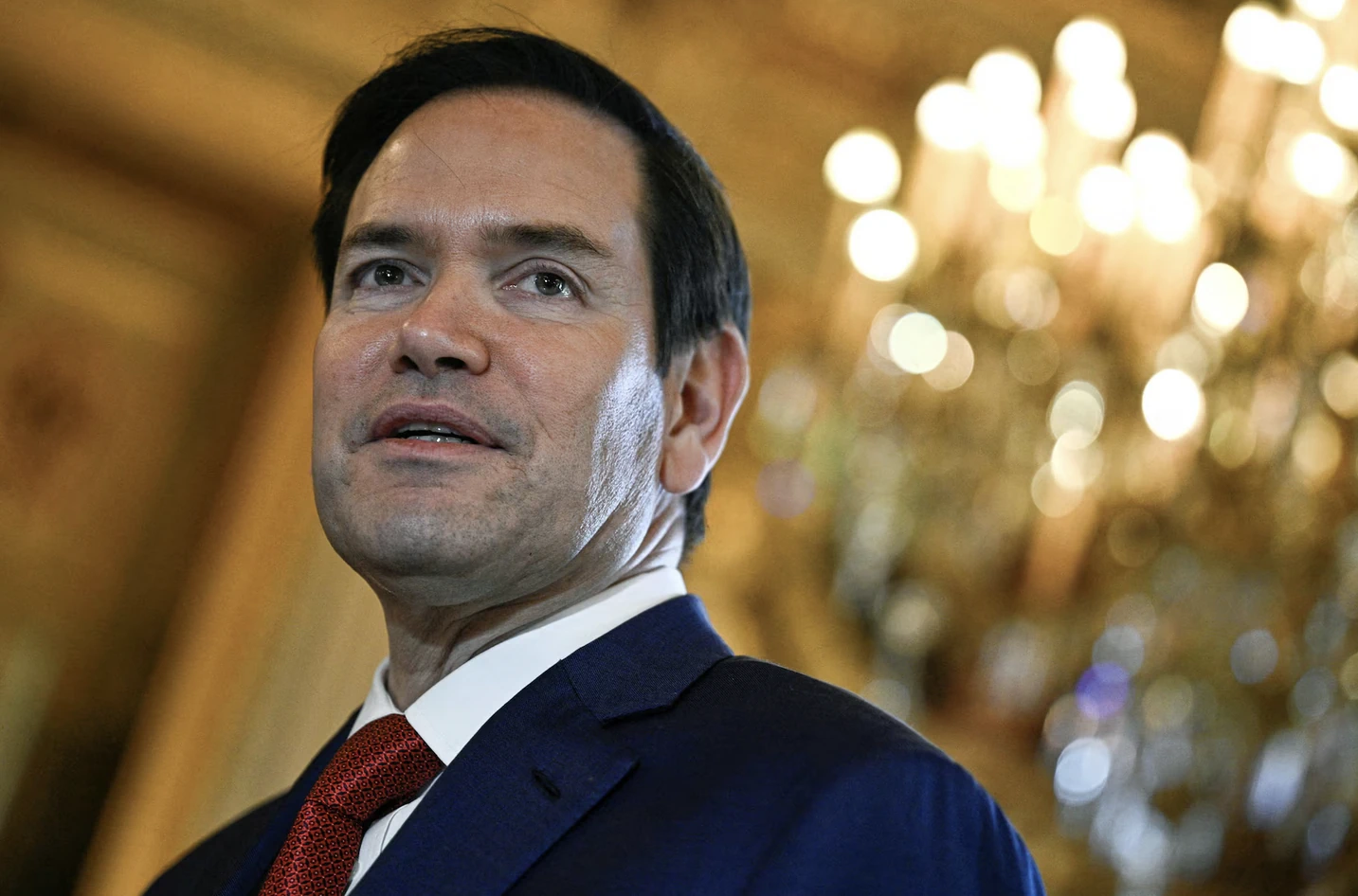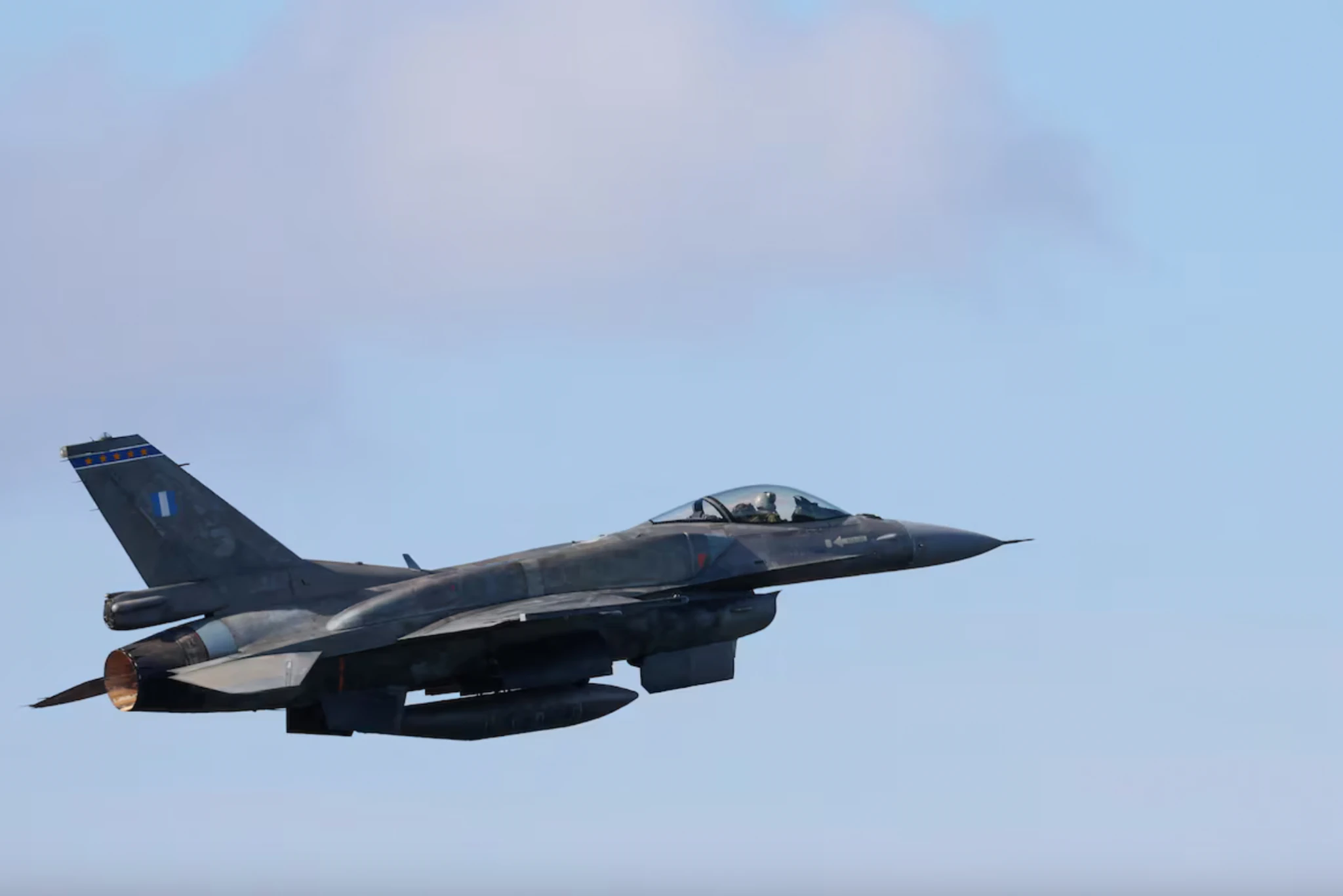On Sunday, April 27th, Senate Minority Leader Chuck Schumer came out swinging against President Donald Trump over his recent handling of Russia’s war on Ukraine, stating that the administration was not only undermining U.S. alliances but also projecting weakness to adversaries. Speaking on CNN’s State of the Union, Schumer specifically criticized last week's proposed “peace deal”—the one that would have Ukraine cede every inch of land taken by Russian forces—calling it a direct betrayal of Ukraine and a gift to Putin. “Worst of all, it’s a sign that the United States is weak,” Schumer said. And while that’s been obvious to many following these events, it’s still important to see it called out plainly for what it is: weakness. Even some Republicans, like Senator Chuck Grassley, have echoed these concerns, warning that Putin is “playing America as a patsy.” And though Trump did finally begin to question whether Putin was just leading him along, it still looks like the U.S. is preparing to walk away.
Monday, April 28th, President Trump continued to remain unpredictable in regards to the war in Ukraine. In an interview with The Atlantic, Trump repeatedly insisted Vladimir Putin “would be fine” in peace negotiations—apparently having gotten over his concerns from just three days ago that Putin might not want peace after all. This came just as Putin announced a three-day ceasefire for May 8th to May 10th, commemorating the Soviet Union’s victory over Nazi Germany in World War II. While the Kremlin framed it as a “humanitarian gesture”, Ukraine and its allies were quick to call it out as nothing more than a PR stunt. President Zelenskyy instead called for a 30-day ceasefire, stating, “we value people’s lives, not parades.” All the while, Trump’s peace deal remains stalled, with both Kyiv and Moscow showing no interest in moving it forward.
On Tuesday, April 29th, Secretary of State Marco Rubio issued an ultimatum: unless Russia and Ukraine present concrete proposals to end the war, the United States will step back from its current role. What role that is remains unclear—we claim the title of “mediator,” but so far it feels more like we’re chasing the optics of neutrality than enforcing any real leverage. Speaking through State Department spokeswoman Tammy Bruce, Rubio declared that the era of vague commitments is over, and the burden now lies with both Kyiv and Moscow to show genuine intent to negotiate. At a United Nations Security Council meeting, U.S. diplomat John Kelley condemned Russia for continued strikes on civilians, while still stressing that both nations must take responsibility for securing peace. The message is clear: if this process keeps stalling, Washington is ready to walk.
 U.S. Secretary of State Marco Rubio looks on upon his arrival at the
Quai d'Orsay, France's Ministry of Foreign Affairs, before a bilateral
meeting with his French counterpart in Paris, France April 17, 2025.
JULIEN DE ROSA/Pool via REUTERS
U.S. Secretary of State Marco Rubio looks on upon his arrival at the
Quai d'Orsay, France's Ministry of Foreign Affairs, before a bilateral
meeting with his French counterpart in Paris, France April 17, 2025.
JULIEN DE ROSA/Pool via REUTERS
On Wednesday, April 30th, the Trump administration rolled out a long-delayed minerals agreement with Ukraine, creating a joint investment fund that promises to give the U.S. a share in Ukraine’s vast untapped natural resources. According to Treasury Secretary Scott Bessent, the deal is meant to “signal clearly to Russia” that the U.S. supports a free and prosperous Ukraine—but notably absent from the agreement are any real security guarantees or commitments to ongoing military aid. The move appears designed to give Trump a personal stake in Ukraine’s future without tying him to any future support. Critics on both sides of the Atlantic have described it as a transactional pivot rather than a strategic one, aimed at building goodwill with Trump while avoiding hard promises. Meanwhile, the Kremlin insisted it’s open to peace, but warned the U.S. to stop rushing the process. Putin’s spokesperson said the war’s root causes were “too complex” for quick resolution, suggesting—yet again—that Russia’s vague interest in diplomacy is little more than a stalling tactic. Kyiv, for its part, reiterated it’s ready to talk—but only after an unconditional ceasefire. Still, Trump and his administration are spinning all this as progress, even if it's just another round of gestures without substance.
On Thursday, May 1st, the full details of the newly signed
U.S.-Ukraine minerals deal
finally came to light—and with them, a better understanding of just how
hard Ukraine had to fight to keep its sovereignty intact. After weeks of
tense back-and-forth and even a temporary suspension of U.S. aid, Ukraine
ultimately managed to negotiate far more favorable terms than initially
offered. Trump’s original pitch? A $500 billion claim on Ukraine’s mineral
reserves, supposedly as “repayment” for past aid. The final agreement
drops that demand entirely, instead creating a joint reconstruction fund
where future U.S. assistance counts as investment. Ukraine retains control
over its subsoil and mining rights, and even forced the deal to name
Russia as the aggressor—an incredible turnaround given Trump’s past “maybe
Ukraine is Russia” nonsense. Still, glaring omissions remain: no security
guarantees, no binding military aid, and no connection to the larger
ceasefire negotiations. Strategically, the U.S. now has a financial stake
in Ukraine’s long-term survival—but economically, the deal mostly applies
to future, not existing, mining operations. While it’s a political win for
Zelenskyy, the war still rages on, with seven killed in Russian-held
Ukraine during renewed clashes on Thursday. The minerals deal may mark a
turning point in U.S.-Ukrainian relations, but it’s not a peace deal—it’s
a bet.
On Friday, May 2nd, two very different realities of the
war came into sharp focus. First, reports from the United Nations revealed
a staggering rise in
civilian casualties
since the so-called peace talks began in February. Russian missile and
drone strikes have intensified, killing nearly 900 more civilians than in
the same period last year, including 35 people in Sumy on Palm Sunday and
nine children in Kryvyi Rih. Analysts point out that this spike is
consistent with Russia’s long-time tactic: escalate violence before
ceasefire agreements to gain leverage. At the same time, back in
Washington,
U.S. officials
finalized a new sanctions package targeting Russia’s natural resource and
banking sectors, including Gazprom, but it’s unclear if Trump will
actually sign off. Meanwhile, the
State Department
quietly approved a $310 million sale of F-16 training and sustainment
support to Ukraine, signaling a rare moment of continued military backing
even as Trump drags his feet. Despite promoting the recent minerals deal
as proof of progress, Trump now appears torn, growing frustrated with
Putin’s refusal to commit to any ceasefire, even as his administration
continues negotiating with both sides.
 A Hellenic Air Force F-16 flies during NATO's media day for Ramstein
Flag 25 (RAFL25) at Leeuwarden Air Base, Netherlands, April 8 2025.
REUTERS/Piroschka van de Wouw/File Photo
A Hellenic Air Force F-16 flies during NATO's media day for Ramstein
Flag 25 (RAFL25) at Leeuwarden Air Base, Netherlands, April 8 2025.
REUTERS/Piroschka van de Wouw/File Photo
Saturday, May 3rd, the U.S.–Ukraine minerals deal appeared to tip in Kyiv’s favor, as Russian officials began to grow anxious that Washington’s stance may be shifting decisively away from Moscow now that the U.S. has material incentives to back Ukraine. The Kremlin dismissed the deal as colonialism—one senator calling Ukraine a "mineral colony"—but internal concern is mounting that Trump’s closer alignment with Zelenskyy could derail Moscow’s hopes for a favorable peace settlement. The agreement, now linked to future U.S. military aid and reconstruction funding, has removed a major source of friction between Trump and Zelenskyy, prompting speculation that Trump may now approach peace talks with Putin from a firmer position. Meanwhile, Crimean Tatars voiced alarm over Trump’s stated willingness to recognize Crimea as Russian, calling it a betrayal of democratic values and a green light for further ethnic repression. One former political prisoner warned that such a move would “sever the link” between occupied Crimea and free Ukraine.